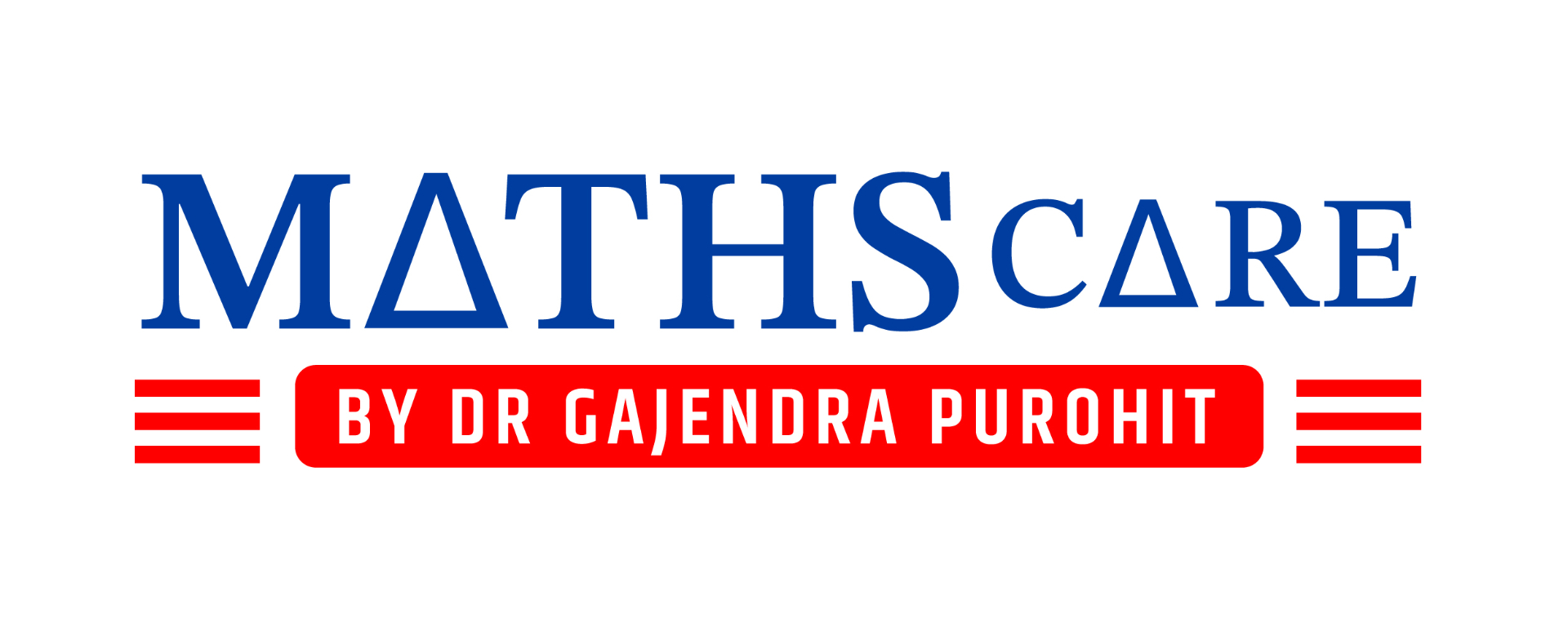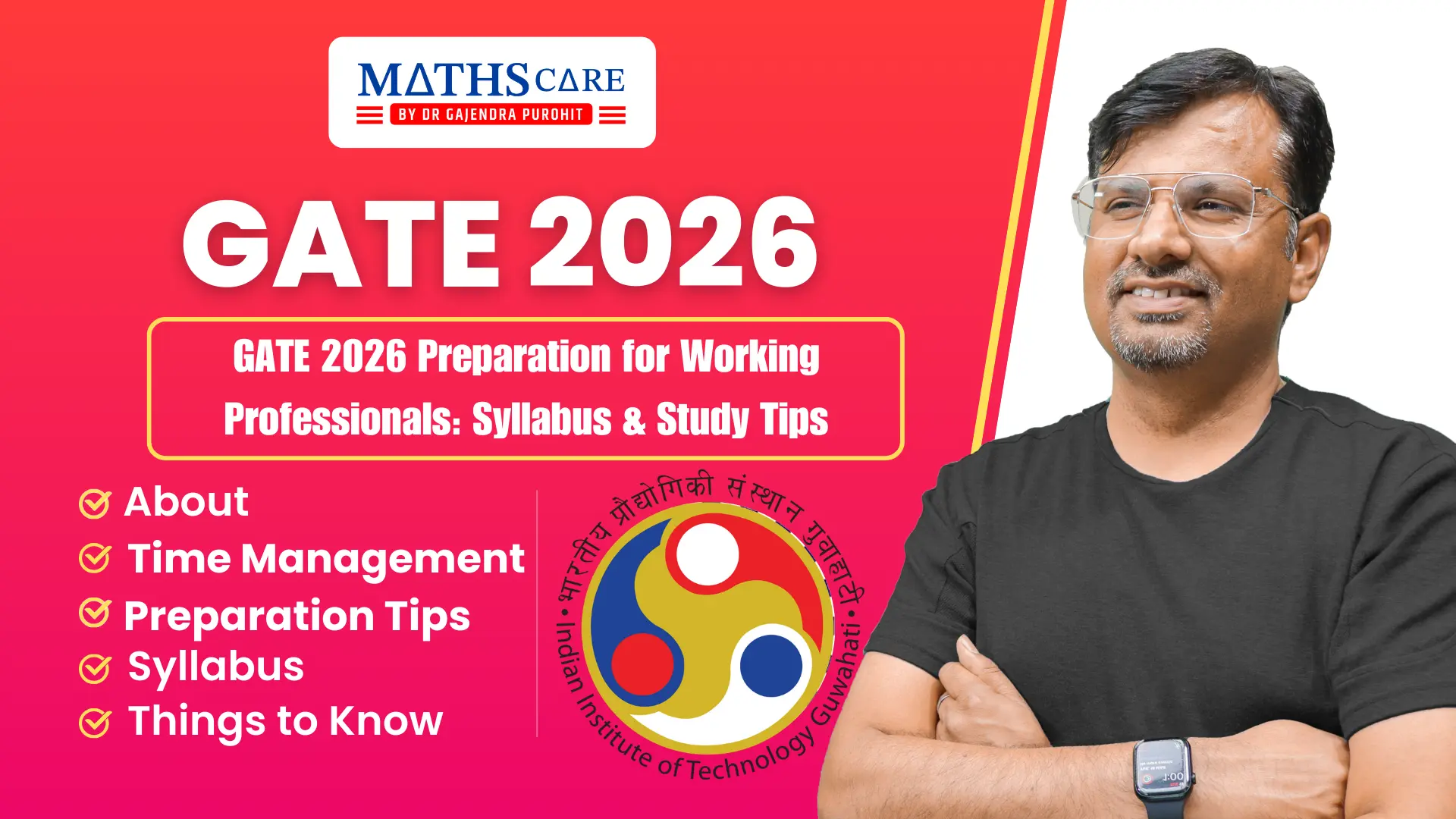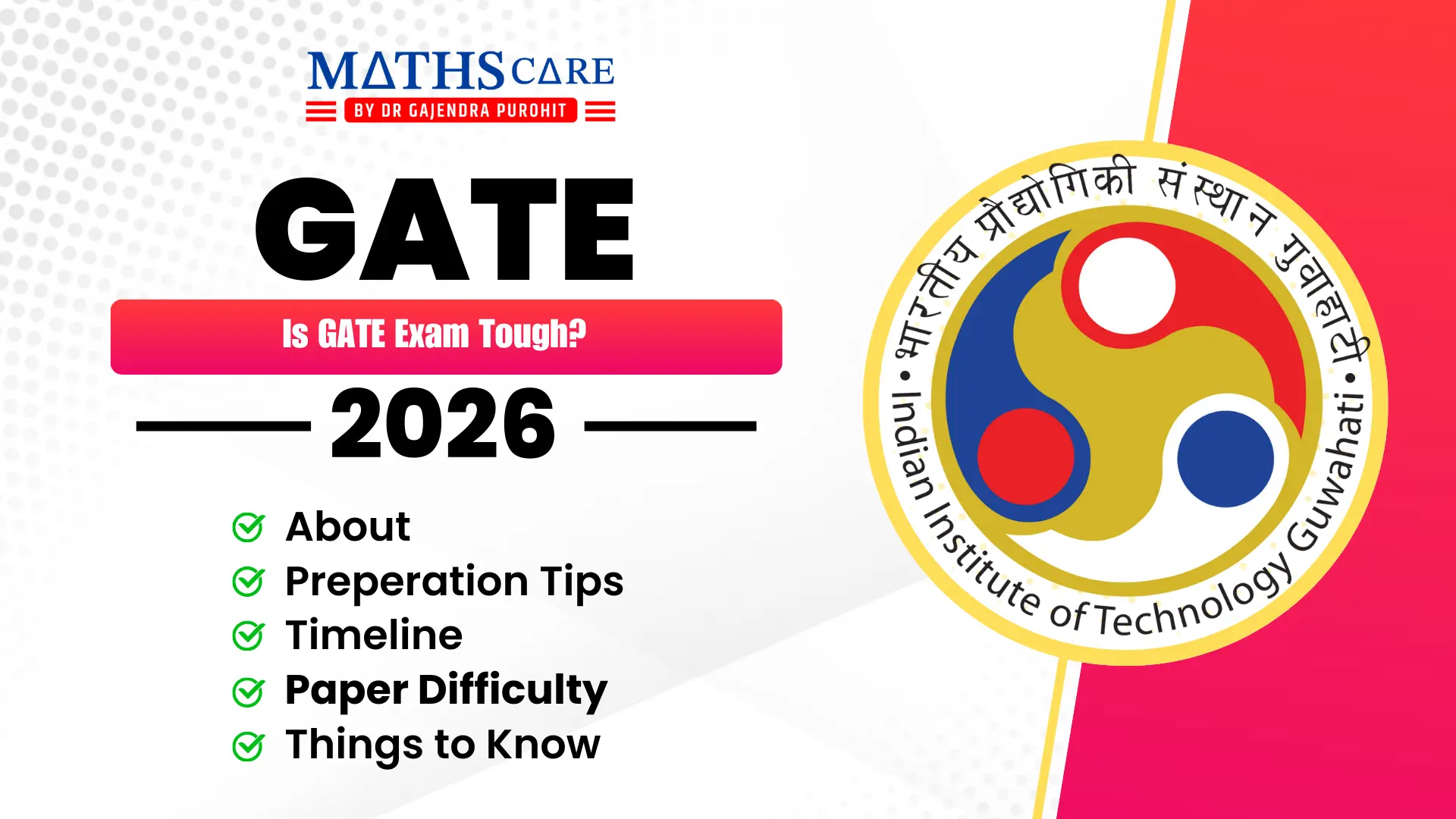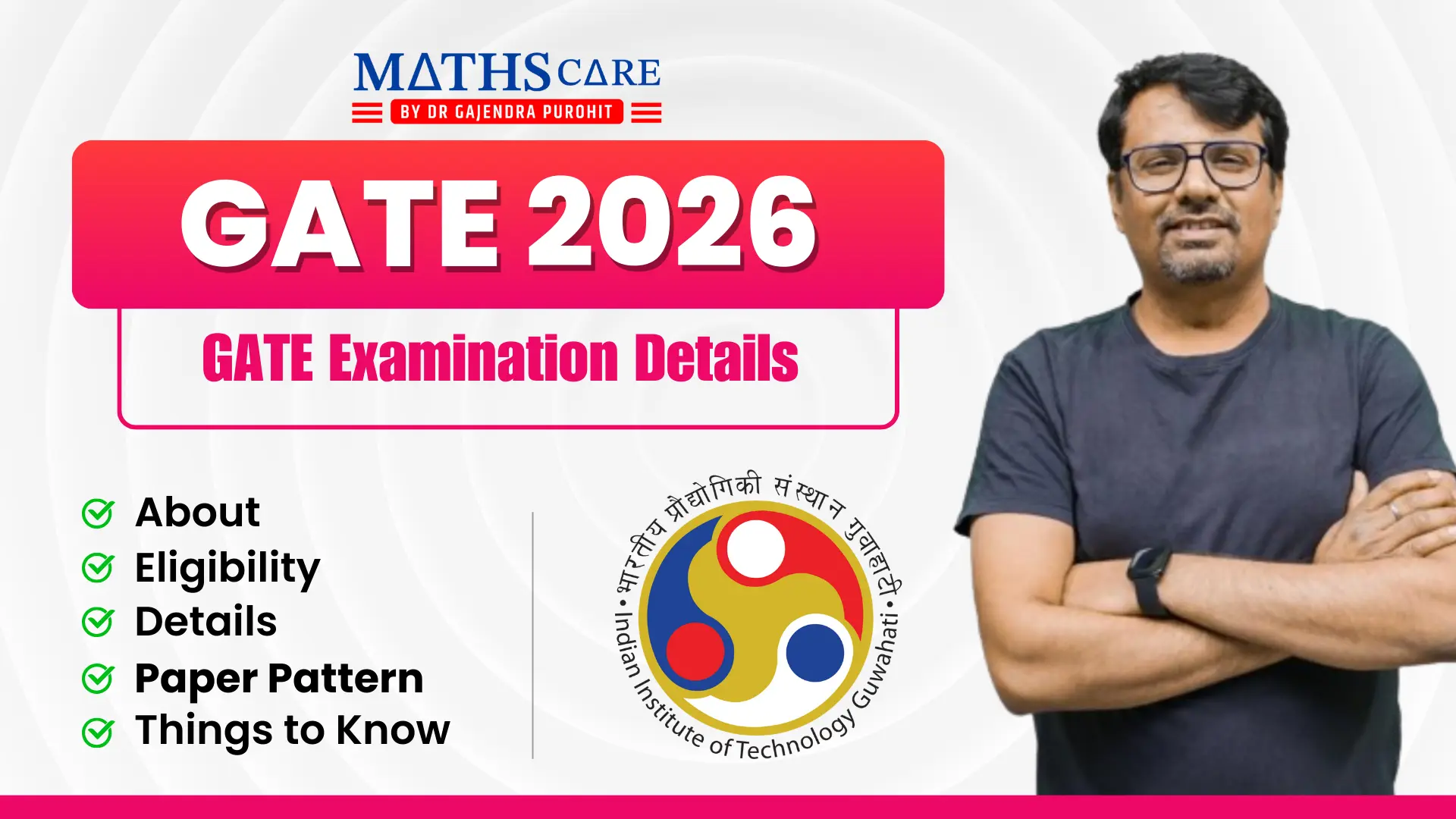GATE Exam Details 2026: GATE Exam Time, Pattern, and Duration
GATE (Graduate Aptitude Test in Engineering): The Graduate Aptitude Test in Engineering (GATE) is one of India’s most prominent national-level entrance exams. It is conducted to assess the comprehensive understanding of various undergraduate subjects in engineering, science, architecture, and humanities. As GATE 2026 approaches, aspirants are keen to understand the exam pattern, timing, and structure to prepare efficiently. This guide provides a detailed breakdown of the GATE 2026 exam including its schedule, format, and duration.
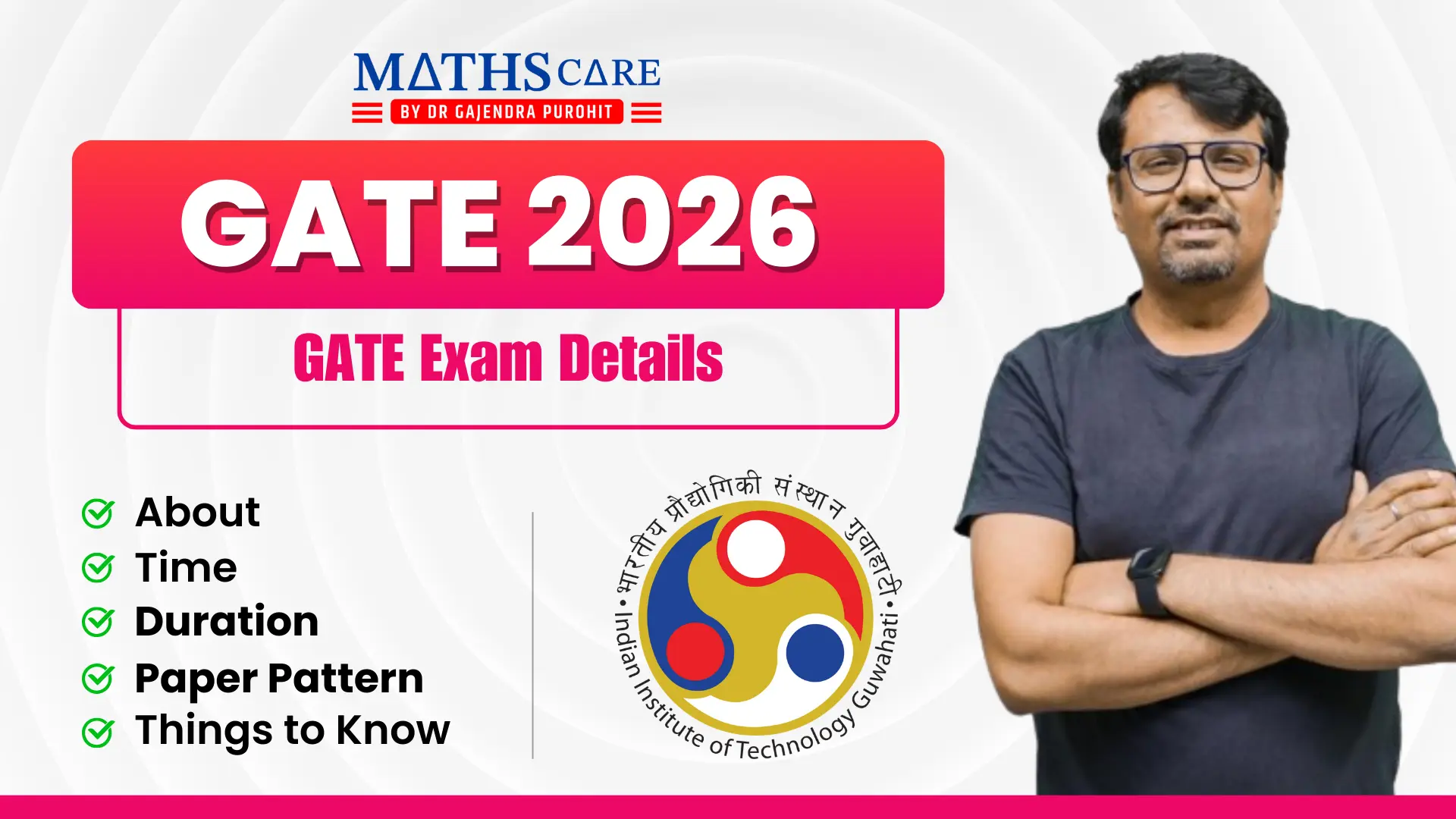
What is GATE 2026?
GATE 2026 is a computer-based examination jointly conducted by the Indian Institute of Science (IISc) and seven Indian Institutes of Technology (IITs) on behalf of the Ministry of Education. The exam evaluates the candidate’s conceptual clarity and analytical ability across a wide range of subjects. A good GATE score is essential for admission into M.Tech/M.E./Ph.D. programs and for recruitment into Public Sector Undertakings (PSUs).
GATE 2026 Exam Schedule and Timing
The GATE 2026 exam is expected to be conducted in the first and second weekends of February 2026. The exam is held in multiple sessions to accommodate all subject papers. Based on previous years, the exam sessions are typically scheduled as follows:
Morning Session: 9:30 AM to 12:30 PM
Afternoon Session: 2:30 PM to 5:30 PM
Candidates are advised to report at the examination center at least 60 minutes before the start of the session. Entry is generally not permitted after 9:30 AM for the morning session and after 2:30 PM for the afternoon session.
GATE Exam Duration
Each GATE paper is of 3 hours duration, conducted as a continuous, non-stop session. Candidates are required to manage their time independently within this window to complete 65 questions, which include both General Aptitude and subject-specific sections.
During this 3-hour duration, candidates are free to move between questions and sections, offering full navigation flexibility. The on-screen timer helps track the remaining time, and once the duration ends, the system auto-submits the paper. It is important to note that no extra time is granted under any circumstances, even in case of temporary computer glitches or internet interruptions.
This uninterrupted session requires mental stamina and sustained focus. Therefore, practicing full-length mocks in one sitting is essential to build the endurance needed for real exam conditions. Candidates should also get familiar with taking timed assessments on a computer screen, as it differs significantly from traditional pen-and-paper practice.
GATE 2026 Exam Pattern
The GATE 2026 exam pattern includes three types of questions:
Multiple Choice Questions (MCQs): Each question has four options with one correct answer. Negative marking applies.
Multiple Select Questions (MSQs): More than one option may be correct. No negative marking for incorrect combinations.
Numerical Answer Type (NAT): Answers are numerical values that must be entered using the virtual keyboard. No options are provided.
Each subject paper consists of 65 questions worth 100 marks:
General Aptitude: 10 questions (15 marks)
Subject-specific questions: 55 questions (85 marks)
Some papers such as XE, XH, and XL follow a two-section format: a compulsory general section (e.g., Engineering Mathematics or Reasoning) and a selected optional section (like Fluid Mechanics, Psychology, or Biochemistry).
Marking Scheme and Negative Marking
The marking scheme for GATE 2026 includes both 1-mark and 2-mark questions:
MCQs: 1/3 mark is deducted for every incorrect 1-mark question and 2/3 for every incorrect 2-mark question.
MSQs and NATs: No negative marking, but incorrect answers fetch zero marks.
Understanding the marking scheme helps in time management and risk assessment during the exam.
Exam Interface and Navigation
GATE 2026 will be conducted on a secure online platform with a user-friendly interface. Features include:
Section-wise question palette
Flagging of questions for review
Timer showing the remaining time
Calculator for mathematical operations
Candidates can move freely between questions and sections throughout the 3-hour duration.
Number of Papers and Paper Codes
GATE 2026 offers 30 subject papers, and candidates can choose one or two papers, depending on allowed combinations. Popular papers include:
CS: Computer Science
ME: Mechanical Engineering
CE: Civil Engineering
EE: Electrical Engineering
EC: Electronics and Communication
XE: Engineering Sciences (multiple sections)
XH: Humanities and Social Sciences
Each paper has a unique code, and the combination of two papers must follow the rules published in the official GATE information brochure.
Additional Notes on Preparation and Mock Testing
To make the most of your GATE 2026 exam time, aspirants are advised to take full-length mock tests in real-time conditions. Simulating the 3-hour experience not only helps improve stamina and focus but also trains your mind to manage time between sections effectively. A common issue among aspirants is misallocation of time—spending too long on tough questions early in the paper, which results in rushed attempts later. Practicing with a timer and reviewing your test performance regularly will significantly improve your strategy.
Familiarity with the interface also contributes to confidence. Make sure to complete the official mock test released by the organizing institute in January. It mimics the actual exam window and helps you get used to the virtual calculator, question palette, and the process of flagging questions for review.
Conclusion
Understanding the GATE 2026 exam structure is key to effective preparation. With a three-hour duration, a carefully structured pattern, and multiple question types, the exam tests both breadth and depth of knowledge. By familiarizing yourself with the timing, navigation tools, and question formats, you can reduce exam-day anxiety and optimize your performance. Stay updated with the official GATE website for any changes, and start aligning your preparation accordingly.
GATE FAQS
Admit cards will be available for download in January 2025.
GATE scores are valid for three years from the date of result announcement.
Yes, but only during the correction window, and you may need to provide supporting documents.
Upload the side of your ID showing your photo, name, date of birth, and ID number.
Yes, but you must upload an affidavit with your photo ID.
BEST OFFERING COURSES FOR YOU
BEST BOOKS FOR IIT JAM/ CSIR-NET
BUY BOOKS ON OUR APP
RECENT POSTS
